Have you ever felt a dull pain in the soles of your feet, but you can't find the reason? Do you know that your feet carry the weight of the whole body and walk thousands of steps every day, but few people really understand their "usage status"? With the development of modern health technology, the plantar pressure distribution system is becoming a key tool to decipher the secrets of the feet.
What is the plantar pressure distribution system
The plantar pressure distribution system is a detection device that accurately collects the force conditions of different parts of the soles of the feet through a sensing device.
It records dynamic data such as pressure distribution, center of gravity movement, force changes, etc. in various areas of the soles of the feet when people are standing, walking, running, etc. through a built-in high-sensitivity pressure sensor.
In a word: it can "see" which part of your sole is under more pressure and which part is under abnormal force.
The secrets under your feet are all hidden in the "pressure map"
The results of plantar pressure detection are usually presented in the form of a heat map. The redder the color, the greater the pressure, and the blue area indicates that the force is lighter. This map can not only reflect the state of the arch and the pressure ratio of the forefoot and forefoot, but also identify potential problems such as gait imbalance and posture compensation.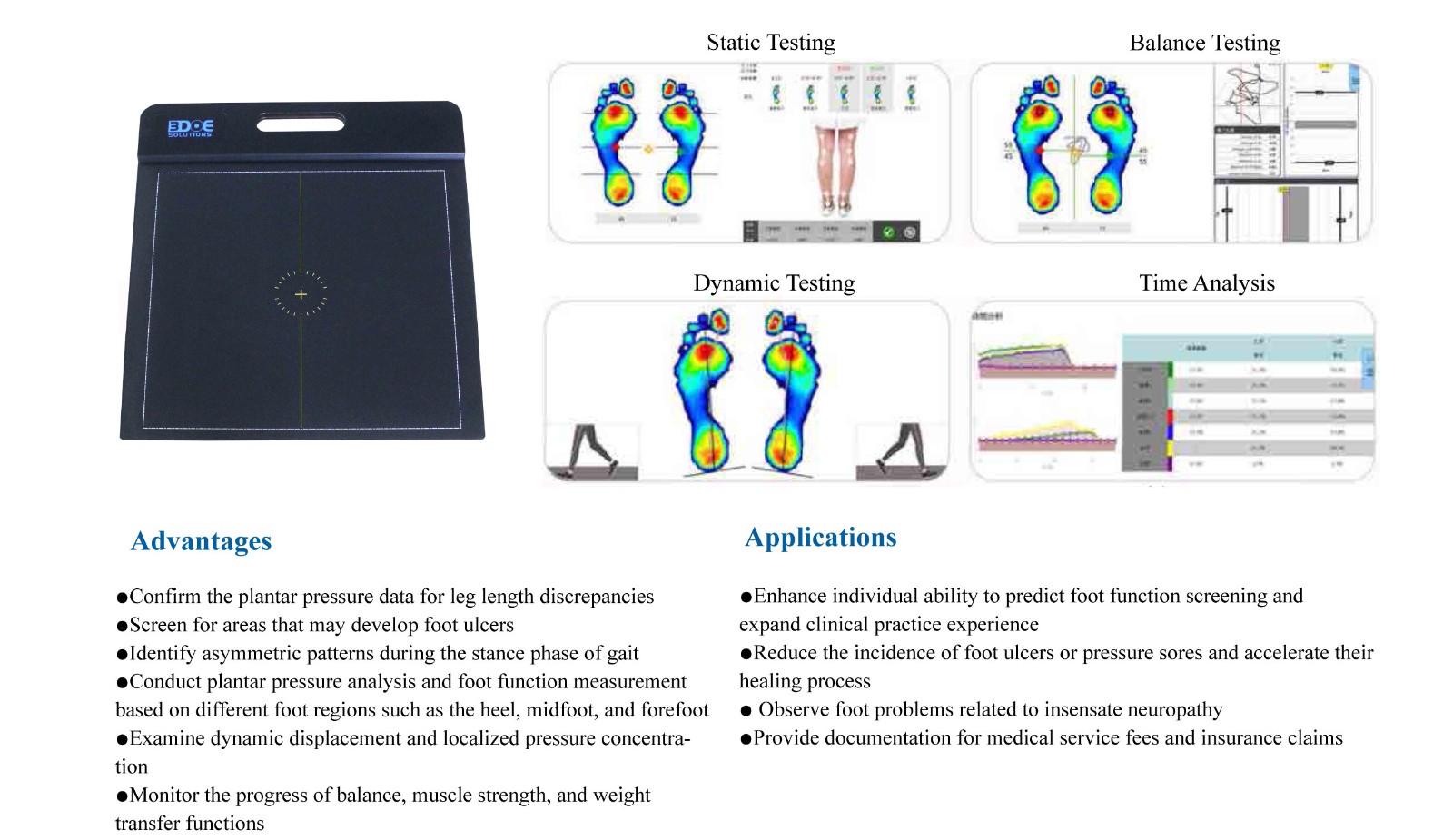
For example:
Excessive pressure on the forefoot may indicate that you have been wearing high heels for a long time and the forefoot is fatigued in advance
Unilateral heel weight when landing may be a signal of pelvic tilt or leg length difference
Almost no pressure in the arch area may be a typical manifestation of flat feet
These seemingly insignificant abnormalities, once they exist for a long time, are likely to develop into knee pain, back strain and even scoliosis.
One system, multiple uses
The plantar pressure distribution system is no longer just "for foot diseases". Its application areas are very wide:
Medical rehabilitation: Assist in the diagnosis of flat feet, high arches, diabetic feet and other foot diseases
Sports science: Analyze the gait of athletes, optimize running posture, and prevent injuries
Orthopedic aids: Provide accurate data support for customized insoles, braces, and orthopedic shoes
Education and scientific research: As an important tool for research in human kinesiology, rehabilitation, etc.
Whether you are a doctor, coach, or ordinary person, as long as you pay attention to health, plantar pressure analysis is worth having.
Precise detection, starting from the "feet"
Compared with traditional naked eye observation and manual measuring tape, the advantages of the plantar pressure distribution system are:
High precision: the mechanical data of every standing and every step can be captured
Non-contact: no need to take off shoes and step on mud or plaster molds, more convenient and hygienic
Data: The generated report charts are intuitive and clear, which is conducive to comparison and tracking
Personalization: tailor the most appropriate intervention plan for each person
Our feet support the whole body, but their health status is often easily overlooked.
The plantar pressure distribution system is like a pair of "seeing" eyes, helping us understand the mechanical language under every inch of the sole skin. Only by truly understanding the pressure condition of the sole can we improve gait, correct posture, and prevent injuries.

 +86-0755-86131192
+86-0755-86131192 2025-05-07
2025-05-07 Back to list
Back to list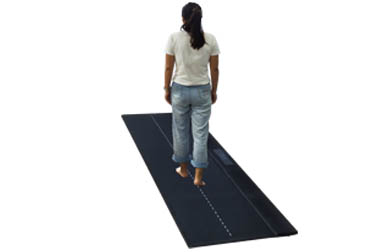
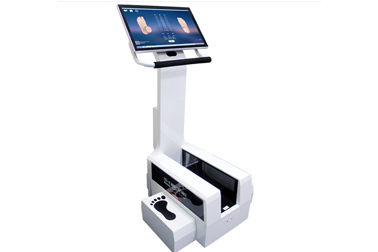
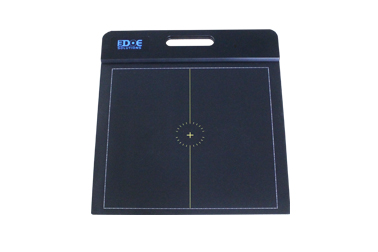
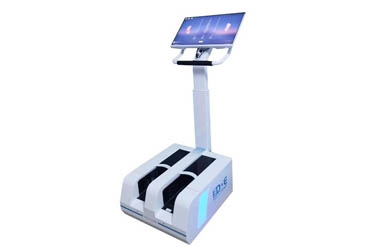
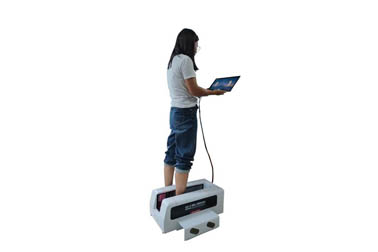



 +86-0755-86131192
+86-0755-86131192